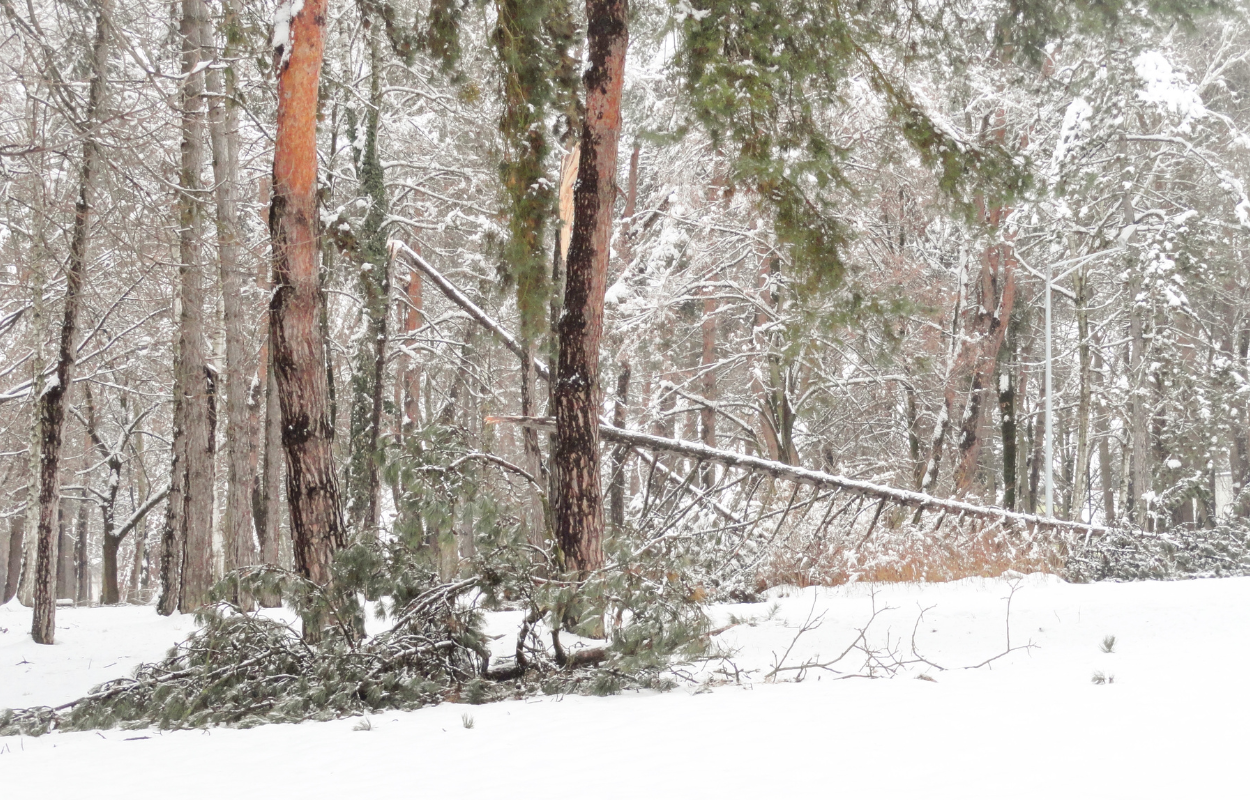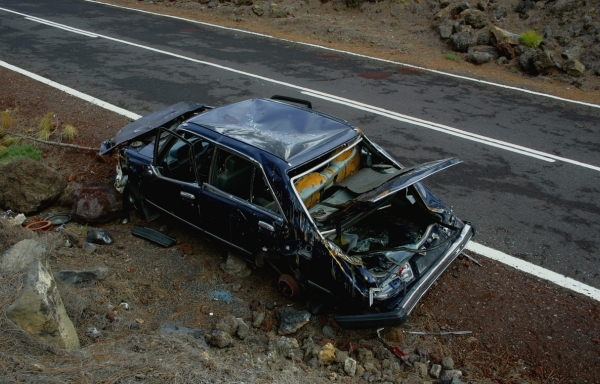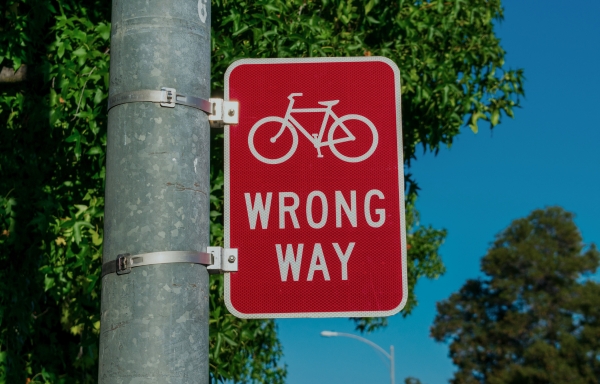Fallen Tree Limbs Uncover Property Management Failure

Case Summary: A two-year-old boy was injured while playing in a pile of snow mounded up by a snow contractor. Prior to the incident, the child’s parents noticed several children playing in the snow pile from their apartment window and decided to bring their son out to join them. The child’s father stated that he heard a loud crack shortly after they began playing in the snow. A tree limb, estimated to be 15 feet long and 8 inches in diameter, hit him on the shoulder and struck the child, causing severe brain injury.
Expert Analysis: The snow pile had been located next to the apartment community’s school bus stop, with a recycling center and a designated smoking area also nearby. There was a perimeter fence lined with large, white pine trees approximately 15 feet from the snow pile. Observations during the site visit noted the perimeter fence was damaged in several places with tree limbs, which had clearly caused the damage as they had fallen, lying on the ground in the immediate area. The gutter of the recycling center also appeared to have been damaged by a falling tree limb. These observations raised concerns of the surrounding trees dropping limbs into areas of the property regularly trafficked by residents, children, and visitors.
The property manager testified that his primary responsibilities concerned occupancy and marketing matters; however, his understanding was inconsistent with the responsibilities laid out in the management agreement. This statement also seemed to contradict with his role as supervisor of the apartment community’s three-person maintenance crew. The property manager was generally unfamiliar with fundamental conditions and practices at the property, such as the location of the school bus stop, the areas designated for storage of plowed snow, where children in the community played, and general conditions of the complex, all of which had a direct bearing on this case.
Industry standards dictate that regular and cyclical property inspections be made and documented by management as a backbone to any property and risk management program. Routine inspections should be made weekly, monthly, or at other frequent intervals to assess property maintenance and safety issues. Cyclical inspections should occur seasonally and might involve contractors or advisors with specialized abilities, such as a regular inspection by an arborist.
The property manager testified that a routine system of inspections was not in place. Instead, the maintenance crew relied on their own discovery of issues around the apartment community, unless otherwise notified by apartment residents. Neither the property manager nor the assistant property manager recalled any reports from residents regarding a tree issue. The property manager considered the lack of reporting as an adequate method to assess that there was no issue with any trees in the community.
Industry standards also dictate that providing a safe environment for residents and guests should be a property manager’s top priority. While this does not mean that property managers are generally expected to have expertise in tree maintenance, the existence of obvious conditions (i.e., fence damage, gutter damage, and tree limbs in the adjacent area) would indicate that a tree expert should be consulted. In fact, the apartment community had previously received a proposal for the inspection of nearly six hundred trees throughout the property, including the area where this incident occurred.
Based on the available evidence, a real estate management consultant concluded that the property manager should have taken immediate action to remediate the obviously hazardous conditions, especially considering their proximity to the designated walking path in an area often occupied by residents and school-aged children waiting for their bus. Had management taken a more firsthand approach to monitoring conditions and addressed the foreseeable consequences of conditions at the properties they are charged with caring for, this tragic accident would likely not have occurred.
Result: Case settled.


